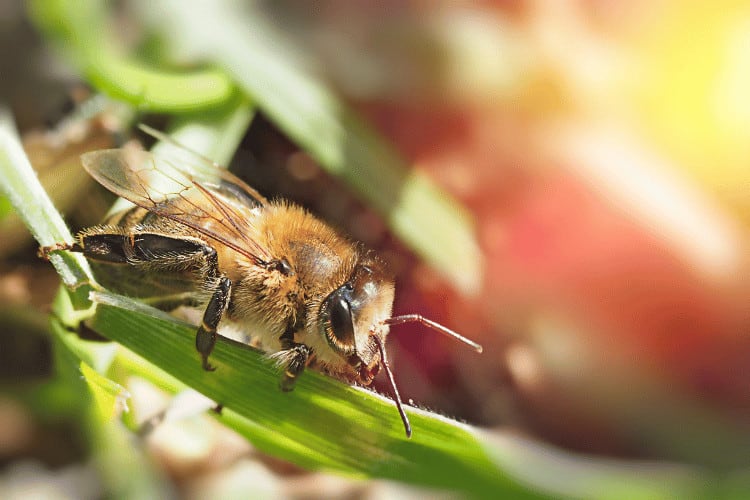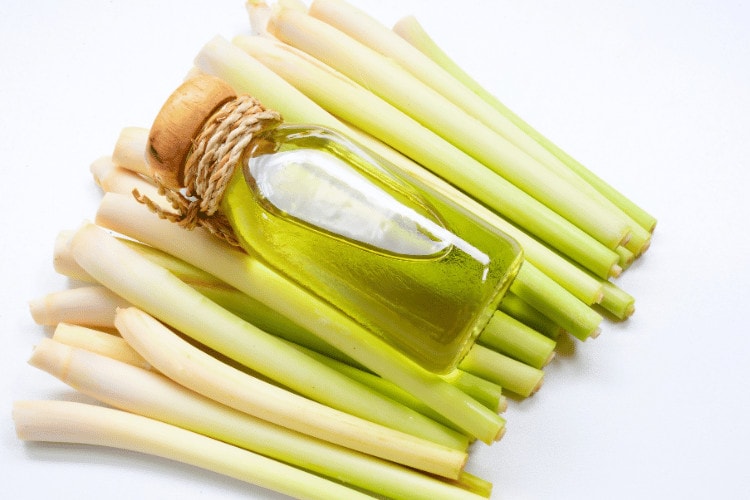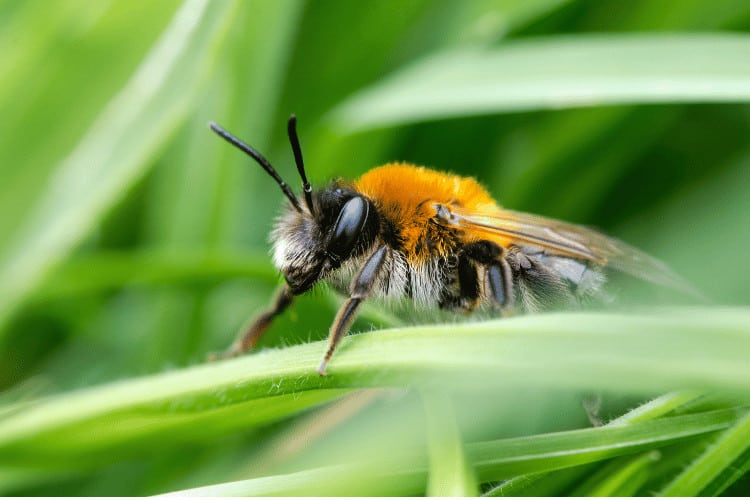Does Lemongrass Attract Bees?
Beekeeping is a delicate art that requires a deep understanding of bee behavior. You have to know how the buzzing critters react to certain stimuli.
On top of that, we have to use a variety of tools and techniques to maintain our hives. For instance, as experienced beekeepers, we rely on lemongrass for swarm control.
The scent, with its refreshing citrus notes, resonates with bees in fascinating ways. This brings us to our question: does lemongrass attract bees?
In this article, we’ll uncover the captivating connection. We’ll do that through an in-depth exploration of bee behavior and pheromones.
Together, let’s unravel the science behind bee attraction. We’ll also discover the potential lemongrass holds in the world of apiculture.
What Scents Attract Bees?

Even though bees are tiny creatures, they’re some of the most advanced insects in the world. They’re surprisingly intelligent and have intricate social structures.
Besides that, they have a unique way of communicating with one another. The buzzing critters rely on chemical signals to navigate their surroundings.
In our research, we’ve found that they use pheromones to convey messages within the hive. These specialized chemical compounds send all sorts of cues to keep bees safe.
For instance, some pheromones act as repellents. They signal danger to keep bees away from certain spaces.
Other than that, there are a few chemical compounds that can act as attractants. A good example of that is the Nasonov pheromone.
It’s a mixture of:
- Nerol
- Nerolic acid
- Geranic acid
- Geraniol
- E-citral
- Z-citral
- E-E-farnesol
This compound can draw bees who have lost their way back to the hive. We discovered that it acts as a beacon to help guide the critters through the sky.
Can Lemongrass Attract Bees?
The simple answer to this question is yes, lemongrass can attract bees. To help you understand this, let’s take a look at the composition of the plant.
Lemongrass consists of a few main components. These include:
- Nerol
- Geraniol
- Neral
- Geranyl acetate
- Limonene
- Citral
- Myrcene
As you can tell, there are a few common elements between lemongrass and the Nasonov pheromone. Both compounds contain nerol, citral, and geraniol.
Because of that, the two chemicals share a few traits. The most notable is the scent.
Lemongrass essential oil and the Nasonov pheromone smell incredibly similar to each other. These components exude a fragrance that resonates deeply with the buzzing critters.

So, they’ll both act as attractants. As beekeepers, we can make use of this.
When deployed, lemongrass essential oil functions as a bee lure of remarkable efficacy.
In the realm of swarm lures and bait hives, its scent acts as a siren call. It’ll attract wandering bee swarms and guide them toward a predetermined destination.
If you place it within a beehive box, the scent encourages bees to explore and establish a new colony.
How to Use Lemongrass as a Bee Lure?
When a bee colony outgrows its home, the tiny critters will swarm. They’ll search the neighboring area for a new place to settle down.
During the move, it’s likely that a few bees will get lost along the way. So, you’ll need a way to help guide the swarm to its destination.
Luckily, you can do that with lemongrass. By leveraging the attraction bees have for the scent, you can elevate your swarm control game.
To craft a lemongrass oil bee lure, you can embark on a simple process. In this section, we’ll go over the steps you can follow to do that.
Step 1: Gather Your Materials
The first step of the process is collecting the necessary ingredients for the swarm trap. Start by grabbing a few stalks and leaves from the plant.
Other than that, you’ll need a double boiler, olive oil, absorbent paper, and a hive box.
Finally, it’s best to have a bottle of lemongrass essential oil on hand.
Step 2: Prepare Your Alluring Mixture
Once you have the ingredients, we can put them all together. Begin by placing the double boiler on low heat and wait for the water to boil.
After that, fill the top bowl about halfway up with olive oil. Then, drop as many stalks and leaves of lemongrass as you can into the container.
Next, gently heat the mixture for about 10 to 15 minutes. This should help the olive oil extract the scent of lemongrass.
Finally, turn off the heat and add a couple of drops of lemongrass oil. This will boost the allure of the mixture and ensure that the scent lingers for longer periods.

Step 3: Prepare the Swarm Trap
After you mix your alluring solution, let it cool down to room temperature. Place it on a counter and wait about 15 to 20 minutes.
Then, grab your absorbent paper and submerge it in the mixture. Give it a minute or two to fully soak up the liquid.
You want the paper saturated, but not dripping. So, hold the sheet on top of the bowl for a minute and allow the excess liquid to drain off.
Step 4: Set Up the Swarm Trap
Now it’s time to set up your trap. For this step, you’ll need to break out the hive box.
Then, place the lemongrass paper inside the container. After that, find a suitable location for the box.
You want a space that mimics a potential nesting site for swarming bees. So, consider factors like height, sunlight exposure, and proximity to existing hives.
The best locations are typically high branches, open fields, or sunny clearings.
Step 5: Monitor the Trap
Once the swarm trap is in place, all that’s left is to wait. Give the bees a few days to pick up on the lemongrass scent and move to the new location.
The flying critters will investigate the trap before deciding to establish a colony. So, be patient and allow the bees to move at their own pace.
If a few days go by without any activity, you may want to consider relocating the trap.
Wrapping Up
Does lemongrass attract bees? Yes, the scent of lemongrass essential oil can be incredibly alluring to bees.
That’s because it resembles the smell of the Nasonov pheromone. This chemical compound acts as a beacon to help bees navigate the skies.
Because of that, you can use lemongrass to set up swarm traps.
